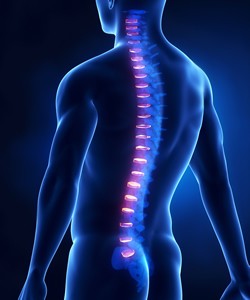Minimally Invasive Surgery
Minimally invasive surgery or back operations are the ones that require small incisions instead of one that is as long as 5 to 6 inches. These types of procedures are endoscopic in nature and they require customized video cameras as well as specially made operating instruments that can conveniently pass through small incisions that are less than 2 cm in length. These incisions can be made anywhere from, abdomen, back or the chest so that one can access the spine easily.
Conditions for Minimally Invasive Surgery
Usually doctors prefer conservative treatment options for spinal problems and disorders and surgery is only considered when these non-surgical procedures fail to provide any respite to the patient. Conditions like severe herniated disc, spinal stenosis and tumors, severe spinal deformities, compression fractures that may be caused by a trauma or injury and degenerative disc disease may require surgery using minimally invasive techniques.
 For spinal conditions like scoliosis, kyphosis, spinal infections, spinal column tumors as well as the conditions mentioned above, minimal invasive procedures are considered the best option as they do not require long recovery tome, less post operative pain as well as have better results than the traditional spinal surgery.
For spinal conditions like scoliosis, kyphosis, spinal infections, spinal column tumors as well as the conditions mentioned above, minimal invasive procedures are considered the best option as they do not require long recovery tome, less post operative pain as well as have better results than the traditional spinal surgery.
Minimally Invasive Procedures for Various Spinal Conditions
For conditions mentioned above, there are several different type of minimally invasive back procedures that are performed depending upon the spinal problem that the patient is suffering from. These procedures namely include:
- Spinal fusion often done for herniated or degenerative discs
- Decompression for spinal tumors
- Deformity correction procedure specifically for kyphosis and scoliosis
- Stabilization and repair for herniated discs as well as vertebral compression fractures
These minimally invasive back surgery procedures work better than traditional procedures as they reduce postoperative pain, leave tiny scars, shorter recovery time, less bleeding as well as less risk of infection.

